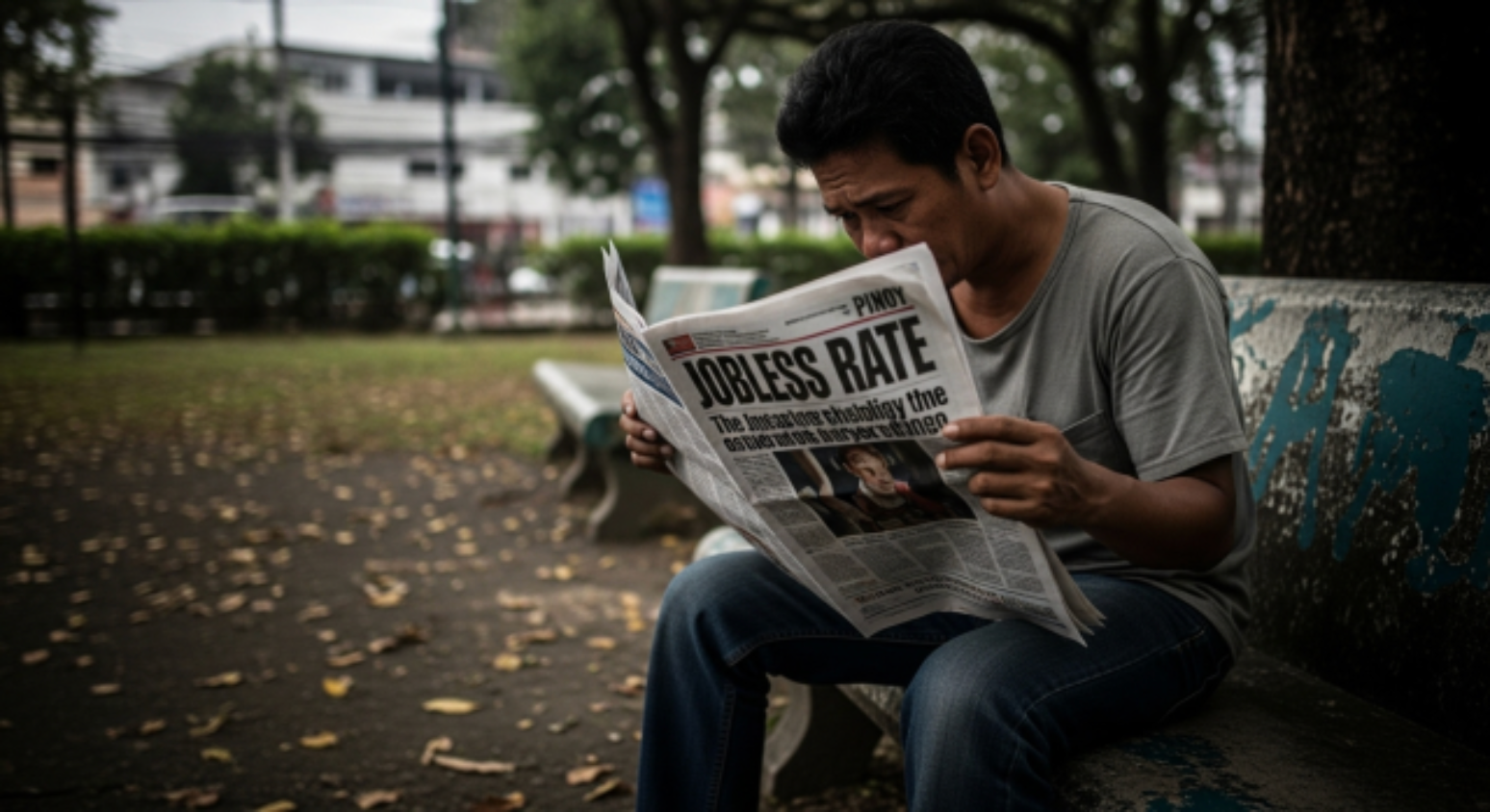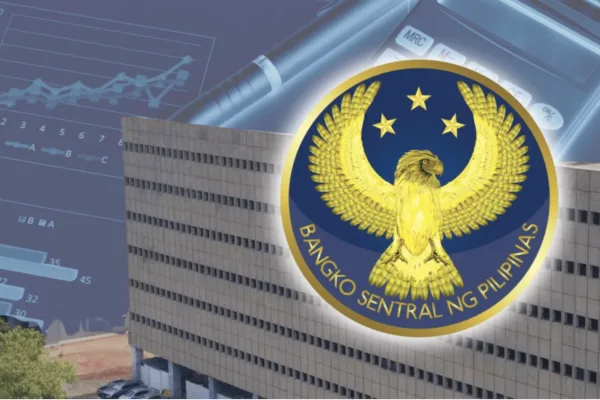by Rhyll Neri, Correspondent
In early September 2025, the Philippine peso breached the critical threshold of ₱57 per U.S. dollar, sending shockwaves across the nation’s financial markets. This marked one of the steepest declines since the post-pandemic recovery, reigniting concerns about the country’s macroeconomic stability. The depreciation was triggered by a challenging combination of rising domestic unemployment, sluggish foreign direct investment (FDI),and broader global uncertainties. For Filipino households, this translates directly into a higher cost of living, while businesses and investors face volatility and significant financial pressures.
This report unpacks the drivers behind the peso’s weakness, places the event in historical context, and provides actionable analysis for policymakers, business leaders, and consumers navigating this turbulent economic landscape.

Understanding the currency slide: The anatomy of PH Peso depreciation
The peso’s slide was not a sudden event but the culmination of brewing domestic fragility and external pressures.

Domestic weaknesses:
- Unemployment surge: July 2025 unemployment figures hit a three-year high, reflecting weaknesses across the manufacturing, retail, and service sectors. A cooling labor market reduces consumer spending and weakens domestic demand, directly impacting currency strength. This slump is particularly damaging as it compounds pre-existing inflationary pressures that were already straining household budgets in late 2024.
- FDI contraction: Net FDI inflows in June 2025 dropped to a six-month low. This decline signals waning investor confidence and reduces a critical source of foreign reserves and productivity-enhancing capital needed to support the peso.
Global headwinds:
- Persistent U.S. interest rate uncertainty: The U.S. Federal Reserve’s cautious monetary policy has kept dollar-denominated assets highly attractive. This triggers capital outflows from emerging markets like the Philippines as investors shift to safer U.S. assets, creating sustained downward pressure on the peso.
- Equity market weakness: The Philippine Stock Exchange (PSE) has experienced persistent net foreign selling since the second quarter of 2025. When foreign investors sell Philippine equities, they convert peso holdings back into dollars, creating a negative feedback loop: equity outflows weaken the peso, and a weaker peso further undermines equity valuations.
- Import-driven inflation risks: As a net importer of fuel, food, and industrial components, the Philippines is highly vulnerable to currency fluctuations. A weaker peso magnifies the cost of these essential goods, fueling imported inflation that disproportionately affects low-income households and raises production costs for businesses.

Rising joblessness in the Philippines
The July 2025 unemployment rate rose to its highest level since 2022, reflecting weaknesses across manufacturing, retail, and services. A cooling labor market reduces consumer spending, lowers remittance inflows, and weakens domestic demand — each directly impacting currency strength.

- Consumer sentiment: With fewer jobs, households cut back on spending, dragging GDP.
- Remittances at risk: Overseas Filipino Workers (OFWs) send money back, but domestic unemployment reduces remittance-driven confidence.
- Peso pressure: Less spending power translates into weaker peso demand.
FintechNewsPH.com previously reported that inflationary pressures in late 2024 were already straining household budgets, with the Bangko Sentral ng Pilipinas (BSP) forecasting October inflation between 2% and 2.8%. This context makes the 2025 labor market slump even more damaging.
🔗 See PSA unemployment report
Historical context: Echoes of past crises
The current currency depreciation shares similarities with past economic shocks but is distinguished by its unique domestic triggers.
- 1997 Asian Financial Crisis: A combination of speculative attacks and high external debt caused the peso to collapse from ₱26 to over ₱40 per dollar. While today’s fundamentals are stronger, the vulnerability to rapid capital flight remains a concern.
- 2008 Global Financial Crisis: The peso weakened from ₱40 to nearly ₱50 per dollar amid a global flight to safety.
- 2018 Emerging Market Stress: U.S. Federal Reserve tightening and trade tensions pushed the peso to the ₱54 level, highlighting the currency’s sensitivity to U.S. monetary policy cycles.
Unlike previous episodes, the 2025 slide is compounded by a faltering domestic labor market and low investor confidence, making the peso particularly fragile in the face of global turbulence.
Implications and strategies for stakeholders
For Policymakers: The Bangko Sentral ng Pilipinas (BSP) may need to consider selective foreign exchange interventions to curb volatility, though this risks depleting reserves. On the fiscal side, the priority must be structural reforms that improve the investment climate and address unemployment to attract long-term capital.
For Businesses and Investors: Import-heavy firms face significant margin pressure from higher input costs. Currency hedging and diversifying suppliers are critical defensive strategies. For investors, the weak peso may continue to deter foreign participation in the stock market, warranting a cautious and diversified portfolio strategy.
For Consumers and Households: Households will face rising prices for fuel, electricity, and imported food. Prudent budgeting and increasing savings buffers will be vital to navigate the erosion of purchasing power.
Conclusion and economic outlook

The peso’s breach of the ₱57 mark is more than a statistic; it is a structural warning.
It reflects the dangerous convergence of domestic vulnerabilities — particularly in the labor market and FDI —with unforgiving global financial currents.
The path forward depends on several key variables, including the U.S. Federal Reserve’s policy decisions and the Philippines’ ability to implement confidence-building domestic reforms.
| Scenario | Peso Outlook | Driving Factors |
| Global Monetary Easing | Stabilization | Potential rate cuts from the U.S. Fed could revive capital flows to emerging markets. |
| Persistent Domestic Weakness | Further Depreciation | Continued weak job reports and low FDI inflows will erode currency support. |
| Effective Policy Intervention | Partial Rebound | Proactive structural reforms and targeted BSP actions could cushion the peso. |
| Heightened Global Risk | Continued Weakness | A global “risk-off” sentiment will keep investors anchored to the U.S. dollar. |
While global uncertainties will persist, proactive policies, strategic business adjustments, and disciplined household financial management can build resilience.
The current challenges serve as a critical wake-up call to address underlying economic weaknesses before they become entrenched. With vigilance and data-driven responses, the peso can ultimately stabilize and regain confidence.








